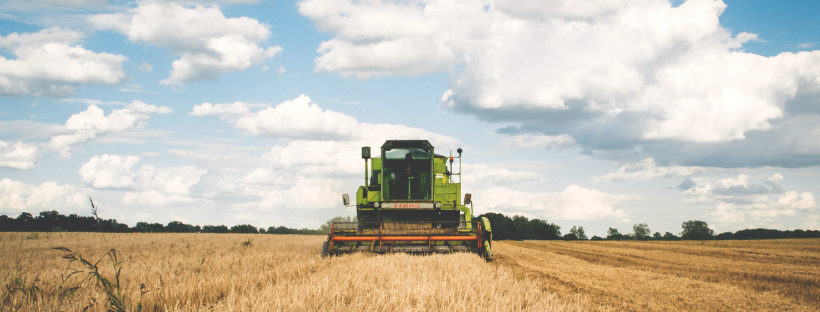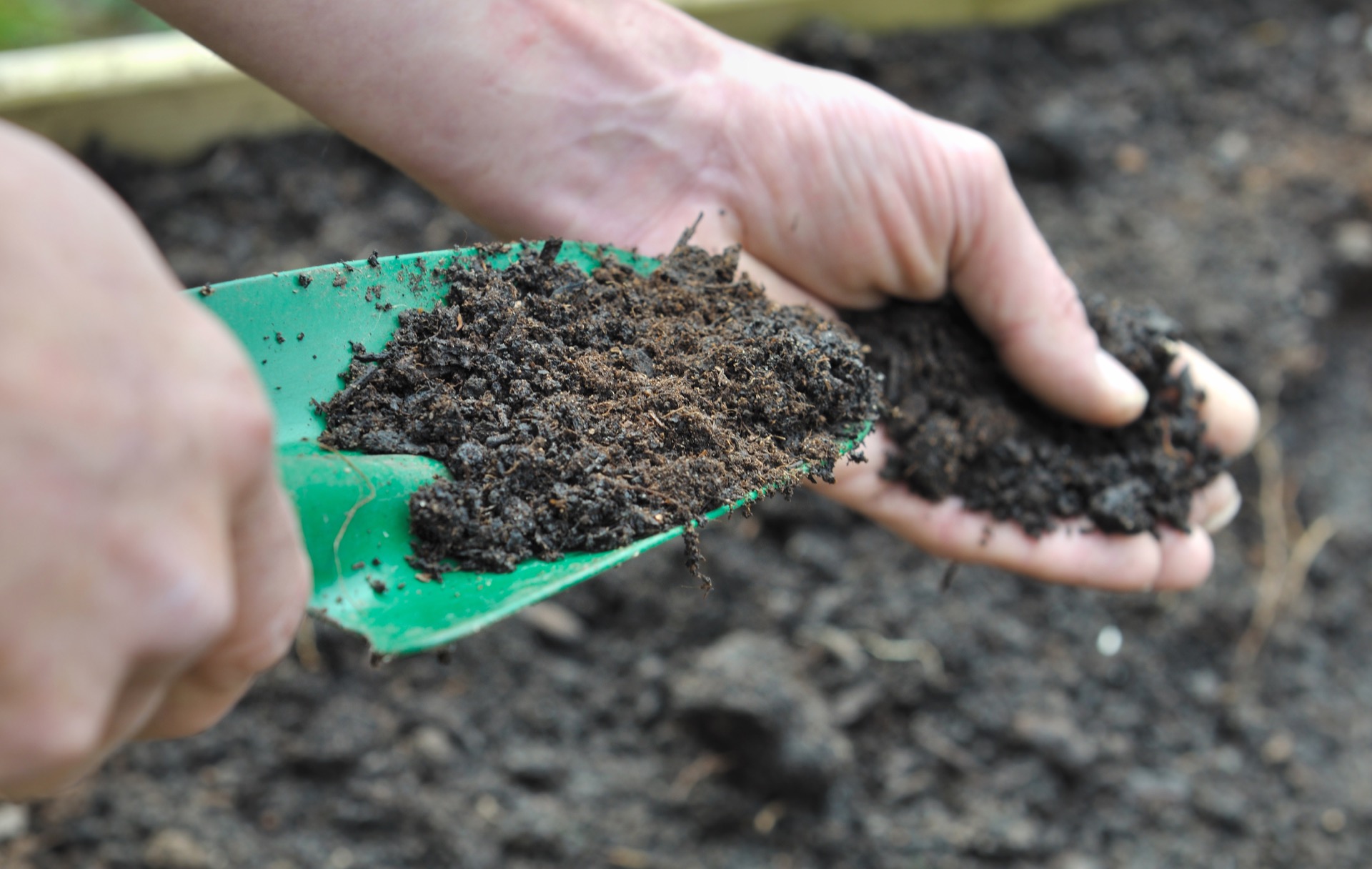
29 Aug Effective stubble management can create a valuable resource for your crops
More and more, Australian croppers are realising the benefits of a better approach to stubble management by retaining crop stubble.
After all, why burn stubble when you can use it to build carbon in the soil and boost its nutrient-holding capacity?
Not only can stubble enrich the soil by increasing microorganism activity, it also works to boost nitrogen and carbon. This helps make nutrients available for future crop growth.
Plus, it also helps prevent erosion and slows down moisture loss due to evaporation.
Stubble burning has serious downsides
And let’s not forget, burning stubble has some serious downsides.
According to Agriculture Victoria, “Burning contributes to nutrient losses from the stubble.” They estimate that around 80 per cent of nitrogen, 50 to 80 per cent of sulphur and 40 per cent of phosphorus can be lost to the atmosphere from burnt cereal stubble.
Plus, additional phosphorus and potassium can be lost in the ash.
A recent study also confirmed that managing stubble by burning is one of the major contributors to atmospheric pollution in the world. As it burns, particulate and gaseous pollutants are released and these have serious effects on human health and the environment.

But the challenge of turning crop residual into organic matter remained – until now
The Biolink 4 Plants team have been working hard to develop a proven program to help croppers manage their stubble. Our aim is to help you turn it into a valuable resource on the farm.
Our approach is all about activating beneficial microbes to speed-up the process of organic breakdown.
“With increasing input costs for crop growers, especially fertilisers and fuel, it’s even more important to use the resources you’ve got at hand,” said Kevin Beecroft, Biolink 4 Plants co-owner and former Victorian dairy farmer.
“Our biologically-based, chemical-free fertilisers and soil stimulants break down organic matter, enriching the soil and making nutrients more available for the next round of crops. And we’re seeing real results. “
There are a couple of approaches to stubble management that we’ve seen work
- The first is to use a tow ‘n fert and applying our Ignition product to stubble. All you need is 5kgs of Ignition in 100-200 litres of water per hectare through the Tow N Fert machine or equivalent.
- A second approach is to use our new Biolink Prepare. Apply Prepare onto crop and plant residuals in the paddocks straight after harvest. Lightly till to incorporate the product into the soil. For effective stubble and crop residual breakdown, apply 20 to 50 kgs per hectare.
Biolink 4 Plants helps Australian growers become more sustainable
As an all-Australian owned company and former dairy farmers, we’re committed to supporting growers to achieve more sustainable, profitable farming enterprises.
Based on research both here and overseas, we’ve blended six microbial groups. Both researchers and farmers in the field have found this combination boosts microbial activity in the soil and plant growth.
As I say to most people, it is not just the high number of microbials in our product. It’s the combination and the interactions these have in the soil that makes it different” explained Kevin.
The six powerful live microbial groups in Biolink organic fertilisers are:
- Enterococcus Faecalis
- Lactobacillus Group
- Pediococcus pentosaceus
- Aspergillus Group
- Bacillus Subtilis
- Saccharomyces cerevisiae.
The Biolink range also uses the power of humic fulvic acid. We use this key ingredient to boost the bioavailability of organic nitrogen and reduce the use of synthetic fertilisers.
Talk to us about stubble management and how we can help you make the most of your on-farm resources.



